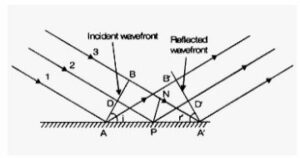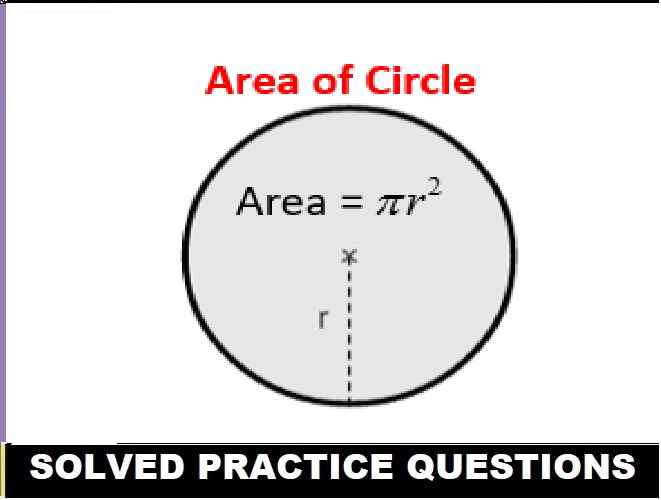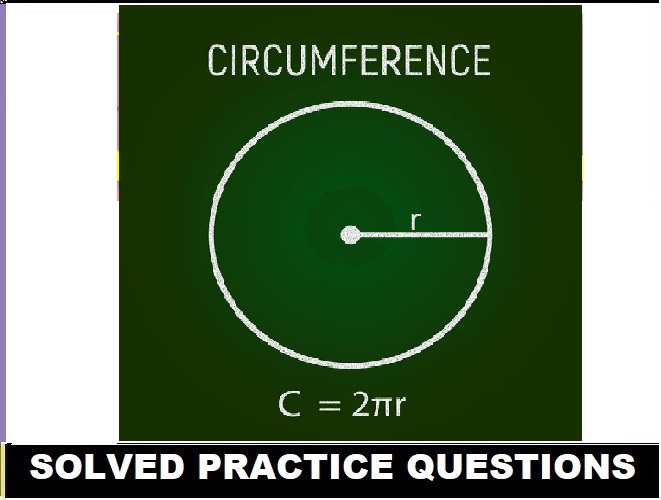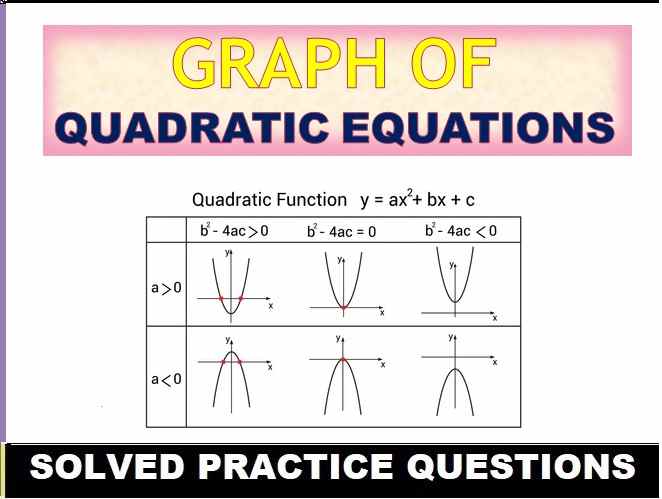Nootan Solutions Wave Nature of Light Huygens Principle ISC Class-12 Physics Ch-19 Nageen Prakashan Numericals. Step by step Solutions of Kumar and Mittal ISC Physics Class-12 Nageen Prakashan Numericals Questions. Visit official Website CISCE for detail information about ISC Board Class-12 Physics.
Nootan Solutions Wave Nature of Light Huygens Principle ISC Class-12 Physics Ch-19 Nageen Prakashan
| Board | ISC |
| Class | 12 |
| Subject | Physics |
| Publication | Nageen Prakashan |
| Writer | Kumar and Mittal |
| Vol | 2nd |
| Book Name | Nootan |
| Chapter-19 |
Wave Nature of Light Huygens Principle |
| Topics | Solution of Numericals Questions |
| Page-Number | 790, 791 |
Nootan Solutions Wave Nature of Light Huygens Principle
ISC Class-12 Physics Ch-19 Nageen Prakashan Numericals

Newton’s Corpuscular Theory
Light consists of very small invisible elastic particles which travel in vacuum with a speed of 3 x 108 m/s. The theory could explain reflection and refraction.The size of corpuscular of different colours of light are different.
It could not explain interference, diffraction, polarisation. photoelectric effect and Compton effect. The theory failed as it could not explain why light travels faster in a rarer medium than in a denser medium
Wavefront
A wavefront is defined as the continuous locus of all the particles of a medium, which are vibrating in the same phase.
types of wavefront
(i) Spherical wavefront
(ii) Cylindrical wavefront
(iii) Plane wavefront
Huygen’s Wave Theory
Light travel in a medium in the form of wavefront.A wavefront is the locus of all the particles vibrating in same phase.All particles on a wavefront behaves as a secondary source of light, which emits secondary wavelets. The envelope of secondary wavelets represents the new position of a wavefront.
When source of light is a point source,the wavefront is spherical.
Amplitude (A) is inversely proportional to distance (x) i.g.,
A ∝ 1 / x .
∴ Intensity (I) ∝ (Amplitude)2
When Source of light is linear, the wavefront is cylindrical.
Amplitude (A) ∝ 1 / √x
∴ Intensity ∝ (Amplitude)2 ∝ 1 / x
Huygen’s Principle
(i) Every point on given wavefront (called primary wavefront) acts as a fresh source of new disturbance called secondary wavelets.
(ii) The secondary wavelets travels in all the directions with the speed of light in the medium
(iii) A surface touching these secondary wavelets tangentially in the forward direction at any instant gives the new (secondary) wave front of that instant.
Maxwell’s Electromagnetic Wave Theory
(i) Light waves are electromagnetic waves which do not require a material medium for their propagation.
(ii) Due to transverse nature, light wave undergo polarisation.
(iii) The velocity of electromagnetic wave in vacuum is c = 1 / √μo εo
(iv) The velocity of electromagnetic waves in medium is less than that of light, v < c
v = 1 / √μo εo εr μr = c / √μo εr
(v) The velocity of electromagnetic waves in a medium depend upon the electric and magnetic properties of the medium.
where, μo = absolute magnetic permeability and
εo = absolute electrical permittivity of free space.
(vi) It failed to explain the phenomenon of photoelectric effect, Compton effect and Raman effect.
Max Planck’s Quantum Theory
(i) Light emits from a source in the form of packets of energy called quanta or photon.
(ii) The energy of a photon is E == hv, where h is Planck’s constant and v is the frequency of light.
(iii) Quantum theory could explain photoelectric effect, Compton effect and Raman effect.
(iii) Quantum theory failed to explain interference, diffraction and polarisation of light.
de – Broglie’s Dual Theory
Light waves have dual nature, wave nature according to Maxwell’s electromagnetic wave theory and particle nature according to Max-Planck’s quantum theory.
Two natures of light are like the two faces of a coin. In anyone phenomena only its one nature appears.
Energy of photon = hv = hc / λ
where, h = Planck’s constant 6.6 * 10<sup-34 J / s
de-Broglie wave equation is λ = h / p = h / mv
where h denotes Planck’s constant.
Superposition of Waves
When two similar waves propagate in a medium simultaneously, then at any point the resultant displacement is equal to the vector sum of displacement produced by individual waves.
y = y1 + y2
ISC Class-12 Physics Ch-19 Nageen Prakashan Numericals
Nootan Solutions Wave Nature of Light Huygens Principle
(Page-790, 791)
Question 1:
Find the frequency (in megahertz ) of radio waves of wavelength 30 m.
Question 2:
Find the wave length of micro wave coming from a source of 24500 MHz.
Question 3:
What will be the speed of light in the medium of refractive index 1.5 ?
Question 4:
Find the time taken by light to travel 1.0 m thickness of glass whose refractive index is 1.5.
Question 5:
The index of refraction of glass for violet light is 1.665 and for red light 1.618. Compute the difference in the speed of light in the glass for the two colours.
Question 6:
The refractive index of glass is 1.5 and that of water is …………………………… find the speed of glass.
Question 7:
The ratio of thickness of the strips of two transparent media A and B is ……………………………… index of B with respect to A ?
Question 8:
Light of wavelength 4500 Å in vacuum enters into a glass block of refractive index 1.5. What is the wavelength of light in the glass block?
Question 9:
Green light of mercury has a wavelength ………………………………. = 1.5 ?
Question 10:
The wave length of monochromic light in is 6000 Å. The wavelength of the light in water 4500 Å. Find out :
(i) frequency of light in water.
(ii) speed of light in water
Question 11:
Light wave of frequency ………………………….. Find.
(i) wavelength of light in vacuum
(ii) refractive index of the liquid
(iii) velocity of light in the liquid
Question 12:
Light of wavelength 5000 Å is incident on a plane mirror. What are the wavelength and the frequency the reflected light ? For what angle of incidence is the reflected ray perpendicular to the incident ray ?
Question 13:
……. light of wavelength 600 nm is incident on a ……………………….. the refractive index of glass for yellow light i 1.5.
—: End of Nootan Solutions Wave Nature of Light Huygens Principle ISC Class-12 Physics Ch-19 Numericals :–
CONTACT FOR LIVE CLASSES -9335725646
Return to – Nootan Solutions for ISC Physics Class-12 Nageen Prakashan
Thanks


